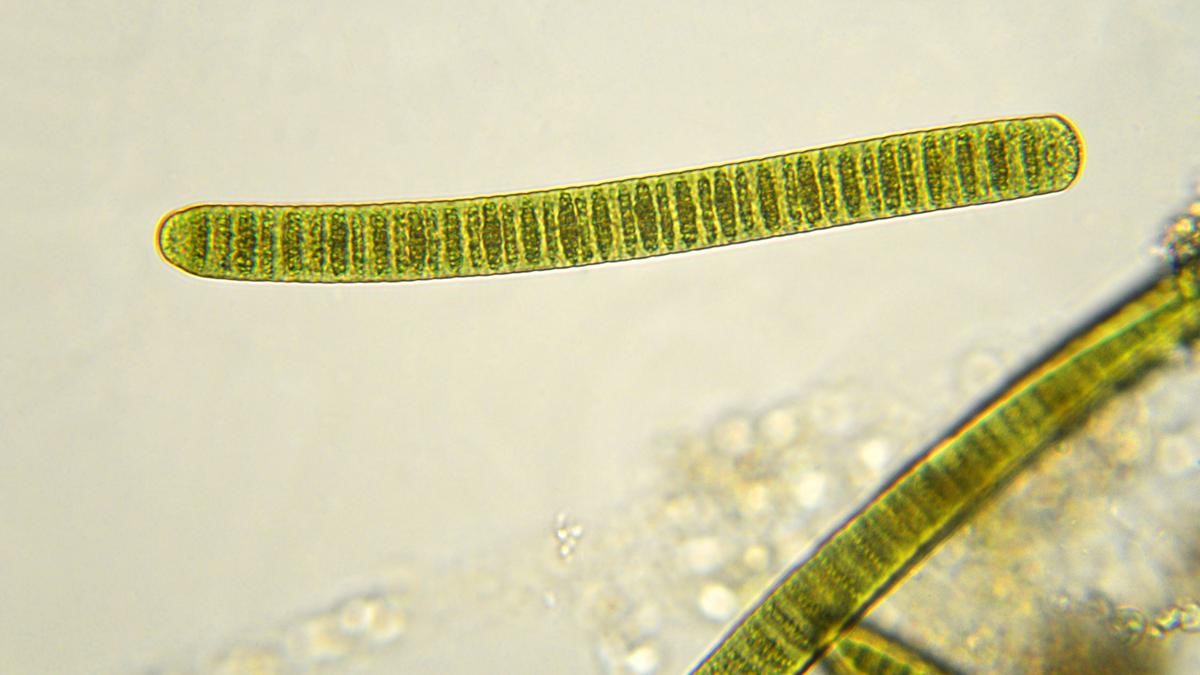Free Courses Sale ends Soon, Get It Now


Free Courses Sale ends Soon, Get It Now



Source: Hindu
Disclaimer: Copyright infringement not intended.
Context
Details
Nitrogen Fixation and Nitrogen-Fixing Bacteria
The Process of Nitrogen Fixation:
Types of Nitrogen Fixation:
Role of Nitrogen-Fixing Bacteria:
Mechanisms of Nitrogen Fixation:
Examples of Nitrogen-Fixing Bacteria:
About Endosymbiotic Theory
Key Concepts of Endosymbiotic Theory:
Significance:
Must read articles:
Sources:
|
PRACTICE QUESTION Q. Nitrogen fixation is crucial for maintaining soil fertility and ecosystem productivity. Comment. (150 words) |
© 2024 iasgyan. All right reserved